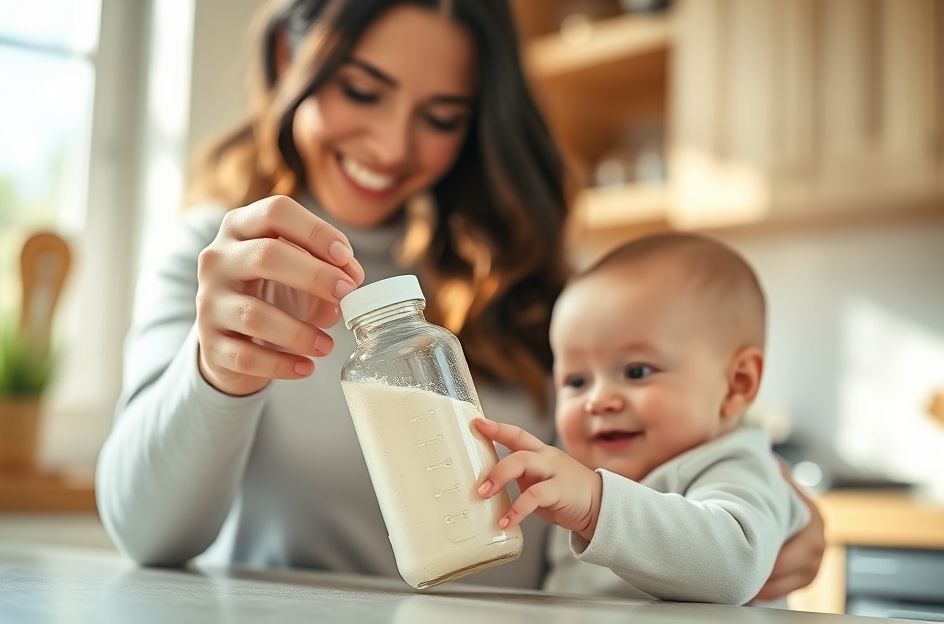Choosing a formula for your baby can feel overwhelming with so many options available. Understanding the different types can help you find the best fit for your baby’s needs and your lifestyle.
Hospitals often start newborns on pre-mixed, ready-to-feed, milk-based formulas from well-known brands. Pediatricians often recommend these initial formulas, and they work well for most infants throughout their first year.
However, some babies may experience difficulties, potentially indicating a milk allergy or intolerance. Signs of intolerance can include excessive crying after feeding (suggesting a stomach ache), vomiting, or diarrhea. If you suspect your baby is having trouble tolerating their formula, consult your pediatrician immediately. Finding the right formula might involve some trial and error, but a suitable option exists for every baby.
Another key decision involves choosing between pre-mixed, liquid concentrate, and powdered formula. Pre-mixed formulas offer the ultimate convenience – simply pour and serve. Liquid concentrates and powdered formulas require mixing with water. Pre-mixed formulas are the most expensive, while powdered options are the most economical. Ultimately, your choice will likely depend on your budget and lifestyle, as babies generally tolerate all three types equally well. Consider a combination approach, using powdered formula at home and pre-mixed options when traveling. Always adhere strictly to the instructions on the formula packaging.
Proper sterilization of bottles is crucial when formula feeding, especially in the early months. Maintaining sterile feeding equipment safeguards your baby’s health. To minimize sterilization efforts, consider bottles with disposable milk bag inserts. These bags help reduce air intake and require sterilization only of the nipple. While convenient, this method necessitates purchasing sterile, single-use disposable bags. Explore different bottle types to find what suits you best. Regardless of your choice, diligently follow the sterilization instructions.
Formula feeding may initially seem demanding, but with practice, sterilizing bottles and preparing formula becomes routine.
